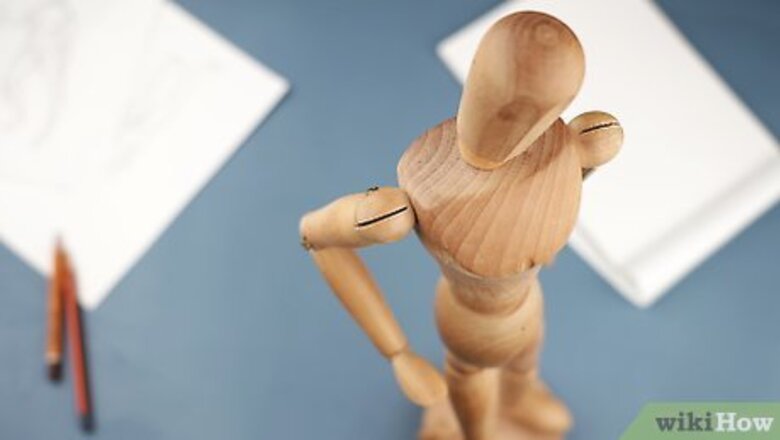
views
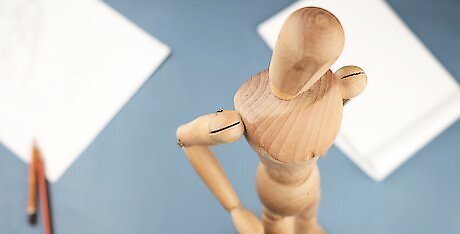
Choose a subject. In every art curricula, gesture drawing is associated with figure drawing, that is drawing the human figure, usually from the model's poses. The subject of your gesture drawing, however, can be just about anything, just as long as you have something the essence of which you can try to capture. In the beginning, it's probably a good idea to sketch stationary objects in various angles and learn perspective in order to be able to capture the subject in a more precise way. You can then either go on and practice figure drawing on static images. Most artists use websites for their static gesture drawings, but you can also find videos on YouTube which will help you get better with decreasing time. Remember that gesture drawing is not drawing the figure in detail, but the gesture, so the motion behind the movement, and the weight associated with the pose.
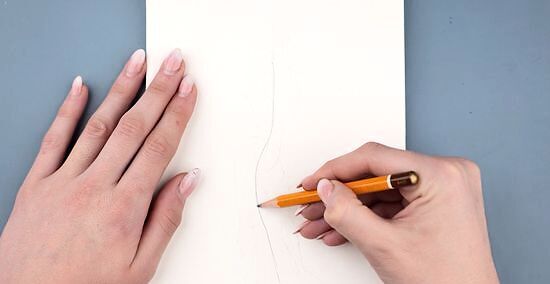
Find the line of action and the negative space surrounding your subject. The most important part of gesture drawing isn't precision but finding the line of action. Through that line of action, you can place the varying features of your drawing such as the ribcage, the hips, and make a coherent gesture throughout.
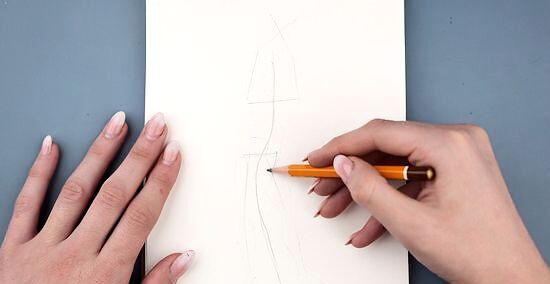
Consider negative space. The negative space is the space surrounding your subject. This can be useful to determine the distance from one part of the subject to the next. Usually, the line of action is located where the vertebral column is, but it can go further than that if the subject is having a long, fluid line of action you can see.
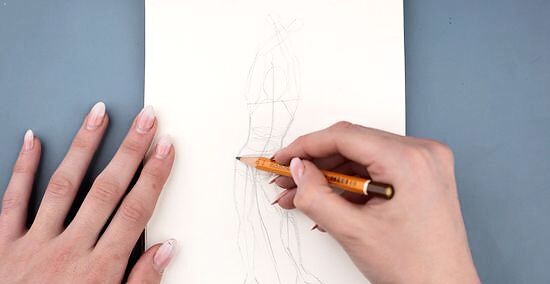
Find the main forms of the subject. A human body, or anything in nature, is a succession of man-made shapes such as spheres, cylinders, cubes etc. While you have found the line of action, it is useful to then add the ribcage and the arm in simple lines first, then build on those shapes at a later time. After all, you are here to capture the motion, but if your gesture is good, there is nothing that prevents you from going further at your leisure. Remember to always keep it simple, and build on.

Give short glances at the subject rather than keep your gaze on it. The reason behind this is that unless both items are in front of you, it is near impossible to draw a first gesture drawing without going back on the paper. This is why, to make it shorter, you glance first, find the line of action, then draw it.
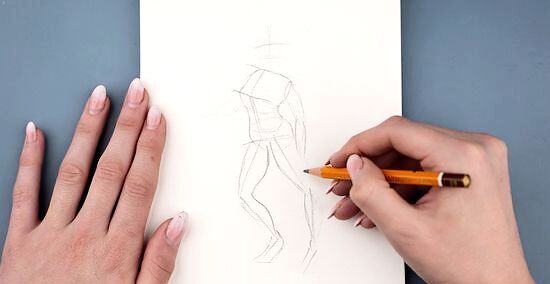
Find all the other features that fit in with your subject in an easier way. S and C curves. Living things will, at any given point, have one part or group of parts that are having common curves, which can be easily found throughout the figure. A human body can have S curves and C curves, such as for example the female body, which vertebral column bears an S curve shape, and the buttocks would have a C shape, contour wise. Remember that it is only through daily practice that it will get easier, and by finding those guidelines, you will certainly win time.

Do not draw in contour lines. When drawing the human body, contour lines may be drawn to represent the limbs, torso, and even the head. In a way, these are just outlines, but they deter you from learning the real movement itself. A stick figure is a body drawn with very simple lines, and because only single lines are used, it's a two-dimensional representation. Because you are trying to capture the essence of the subject very quickly, you don't have time to draw its individual parts in any real detail. Drawing in shapes, or bits of the entire shape, such as the arc when an arm is folded simply shows that these parts do exist, and the lines give some idea of what those parts are doing.

Keep your hand moving. The entire time you are drawing a gesture drawing, your hand should be in motion. The idea is that you let the image transfer directly from your eyes to your hand without thinking about it. Stop your hand, and you'll suddenly be separated from the action of drawing. You'll start thinking. Hold your pencil loosely and keep your motions fluid. Artists sometimes use gesture drawing as a warm-up to other kinds of drawing because it gets the muscles of your arm and hand loosened up. It does this because you try to just let yourself go. Relax and let your hand and arm move freely. You're not trying to color within the lines. Limit the time you spend on each portion of the drawing. Not only should you not stop drawing, but you should also not keep drawing in any one place for too long. For practice, try to limit yourself to five or six seconds in any one area. Try to capture that part of the subject as well as you can in that time, and then move on. You could jump from working on the foot to working on the hand to drawing the head. Draw wherever your eyes go and don't worry about trying to use a logical order or making sure that everything's connected perfectly. Don't erase. It is always a temptation to try to "fix" your work or try to think through your next move. Don't give in to this temptation. If you never stop drawing, and if you keep your eyes shifting from your paper to the subject as much as possible, you shouldn't have a problem with this.
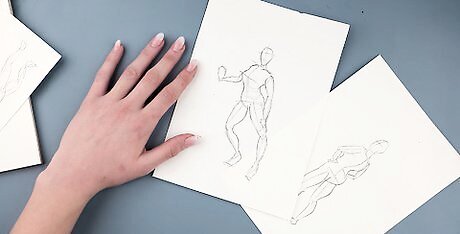
Set a time limit. When gesture drawing is taught in classes, a model will usually switch poses every 30 seconds to two minutes. This is good practice to push yourself to draw more quickly and, more importantly, to quickly ascertain the essence of your subject. It also has some practical applications, because if you ever try to draw a butterfly in the real world, you never know just how much time you'll have to do so before it flies away and is lost forever. Think of gesture drawing in this way. You are trying to draw a person or thing and represent its very soul in a fleeting moment. Wait a minute, wait for a second, or even blink an eye, and everything may have changed.















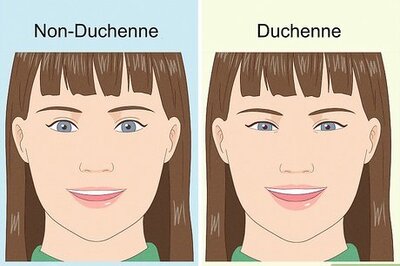
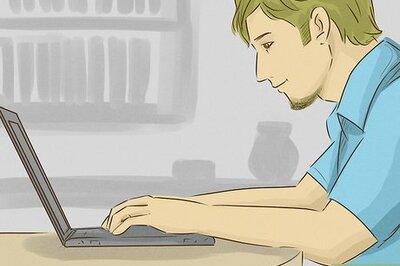



Comments
0 comment